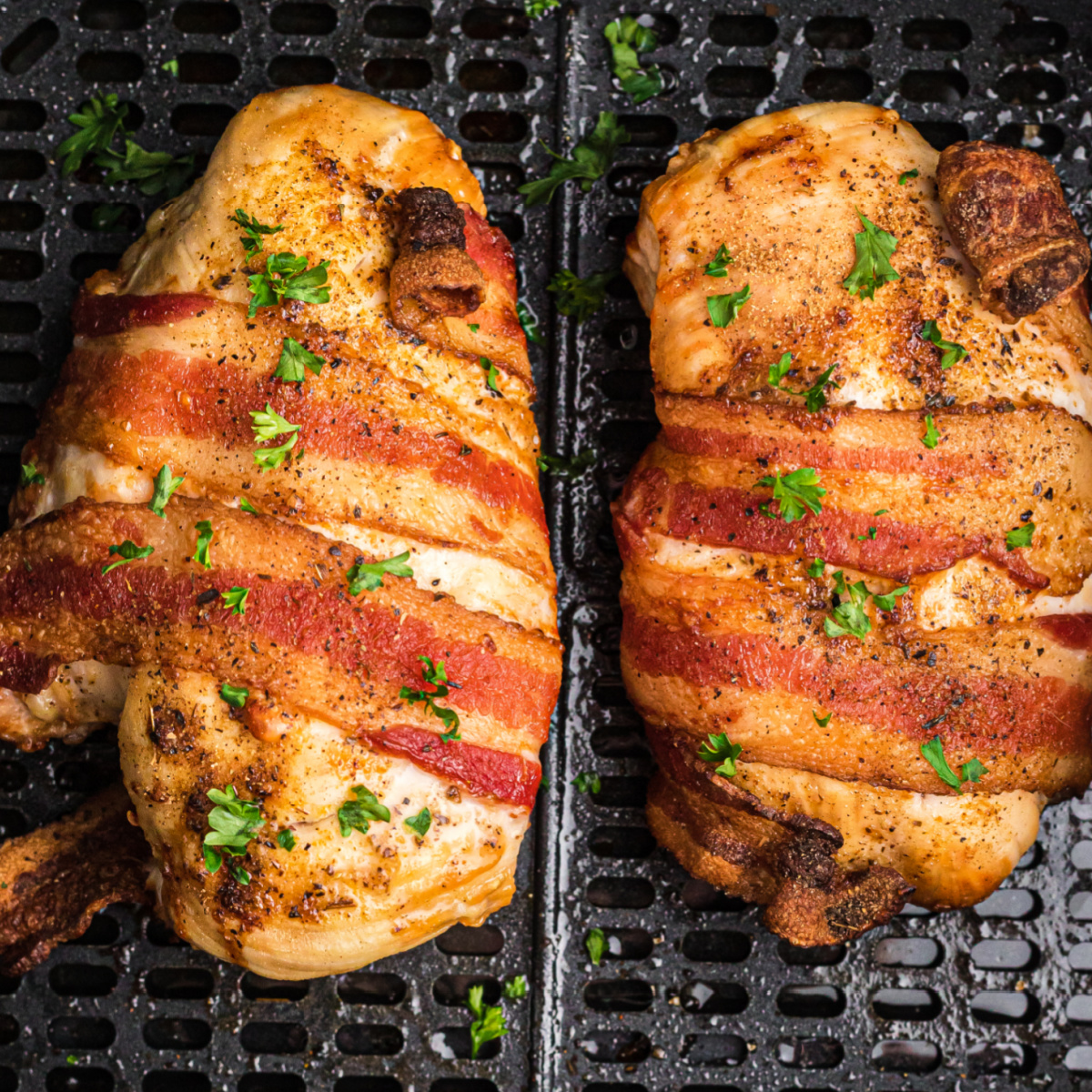Key Takeaways
- Understand the importance of choosing the right type of turkey for your recipe.
- Learn how to prepare and season the turkey for maximal flavor.
- Discover the best cooking techniques to ensure a juicy, succulent turkey.
- Explore various stuffing options and complementary side dishes.
- Get tips on how to properly carve and serve your turkey.
Nothing says holiday spirit quite like a beautifully roasted turkey sitting at the center of the dinner table, surrounded by a bounty of side dishes and the joyful faces of family and friends. This article delves deep into everything you need to know about creating a tantalizing turkey recipe that will leave your guests raving long after the holiday season. From selecting the right turkey to the final slice, follow these detailed steps to achieve the ultimate feast centerpiece.
Selecting the Right Turkey
Choosing the correct type of turkey is the foundation of a great dish. To start, decide between a fresh or frozen turkey. Fresh turkeys typically offer the best flavor and texture, but they also require more planning since they need to be purchased just a few days before cooking. On the other hand, frozen turkeys afford convenience but must be thawed safely in the refrigerator days ahead of cooking, depending on their size.
You’ll also want to consider the size of the turkey. A good rule of thumb is to allocate about one to one and a half pounds of turkey per person. This should provide enough for the meal and leftovers. Organic, free-range, and heritage turkeys are also options. These are generally higher in quality and flavor but can be more expensive.
Preparation and Seasoning
Proper preparation and seasoning are key components of a memorable turkey recipe. Begin by thoroughly thawing and cleaning your turkey. Remove the giblets, rinse the turkey under cold water, and pat dry. Some chefs advocate brining the turkey—immersing it in a saltwater solution for 12 to 24 hours—to enhance moistness and flavor.
When it comes to seasoning, the possibilities are endless. A simple mixture of butter, salt, and herbs applied under and on the skin can be wonderfully effective. For more adventurous cooks, a spice rub or a paste made from garlic, herbs, and olive oil offers a richer profile of flavors.
Cooking Your Turkey
The cooking method you choose can greatly impact the texture and flavor of your turkey. Roasting is perhaps the most traditional approach, providing a crispy exterior and juicy interior. Set your oven to 325°F (165°C) for uniform cooking. To keep the meat moist, baste the turkey every hour with its own juices or a broth-butter mixture.
For those looking to save oven space, consider alternative cooking techniques like grilling, smoking, or using a slow cooker. Each method imparts unique flavors and textures to the turkey.
Stuffing Choices and Side Dishes
A great turkey recipe is enhanced by its accompaniments. Stuffing, whether cooked inside the bird or separately, is a classic choice. Ingredients can range from bread cubes, onions, celery, and herbs to more unique elements like sausage, nuts, or dried fruit.
Side dishes should complement the turkey’s flavors. Popular options include mashed potatoes, cranberry sauce, roasted vegetables, and gravy. Preparing a few dishes in advance can help ease your cooking load on the big day.
Carving and Serving
Carving the turkey correctly can make a world of difference in its presentation and the ease of serving. Start by removing the legs and thighs, followed by slicing the breast meat. Use a sharp chef’s knife and carve neatly to ensure beautifully presented slices.
When serving, arrange the turkey and its accompaniments aesthetically on a large platter. Warm plates are ideal for keeping the food hot as guests pass the dishes around the table.
Mastering the art of the turkey recipe is a gateway to unforgettable holiday meals. With the right preparation, seasoning, and cooking techniques, even novice chefs can present a dish that dazzles the senses and kindles holiday cheer. This guide provides the cornerstone upon which you can build a rich tradition of festive feasts surrounded by loved ones.
Frequently Asked Questions about Turkey Recipes
How do I know when my turkey is fully cooked?
A meat thermometer inserted into the thickest part of the thigh should read 165°F (75°C). Ensure it doesn’t touch the bone for an accurate reading.
Can I prepare parts of the turkey meal in advance?
Absolutely! Preparing side dishes and even some turkey steps in advance can save you time and stress on the day of your event.
What should I do with leftover turkey?
Leftover turkey is versatile and can be used in sandwiches, soups, salads, and more. Store leftovers in airtight containers in the refrigerator to maximize freshness.
With these insights and tips, your next turkey recipe will not only tantalize taste buds but also create warm, cherished holiday memories. Happy cooking!


